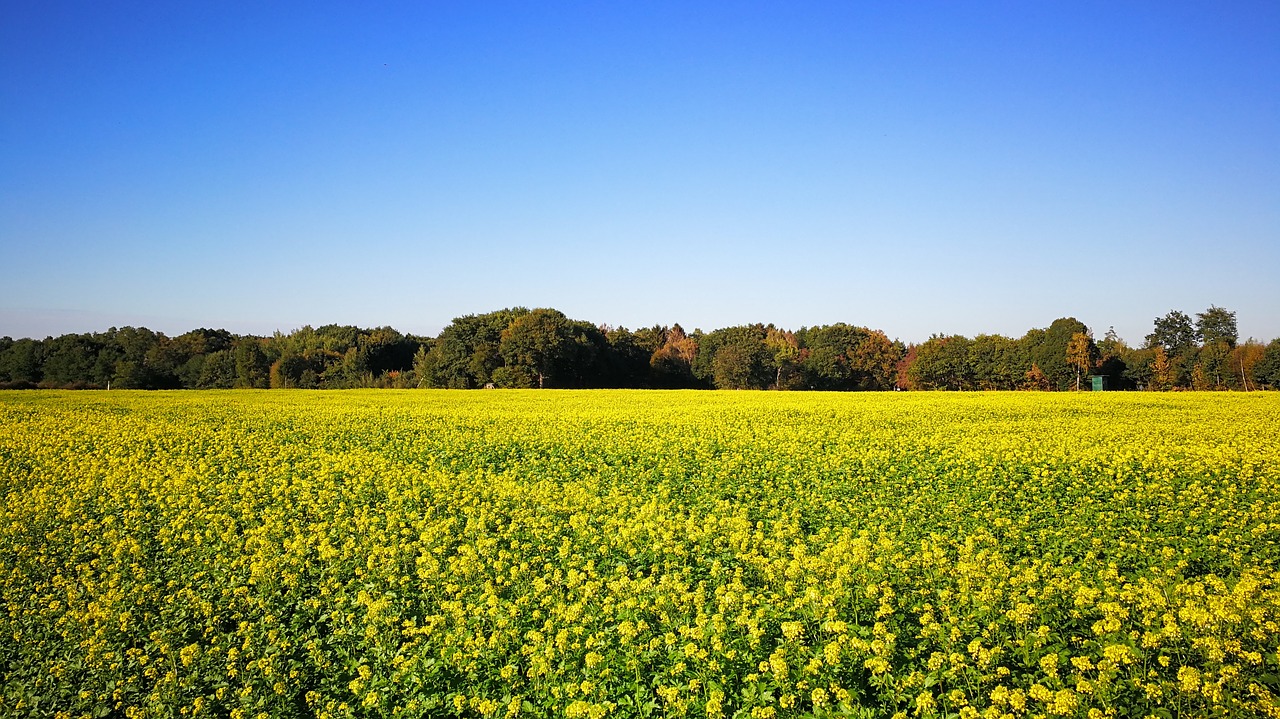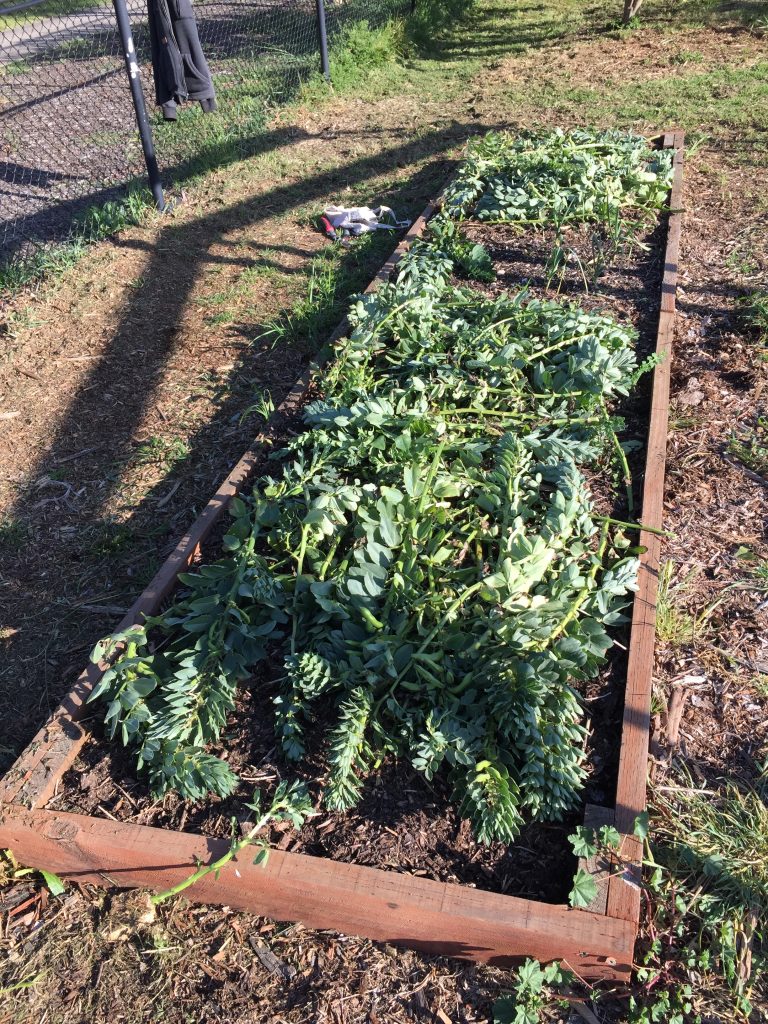
Do you feel like your garden soil is in need of some TLC? Consider trying a green manure method to replenish, restore and protect your soil just in time for your next veggie growing season. This sustainable gardening method has its roots in ancient times (pardon the pun) and is relevant to this day in keeping soil and plants healthy.
So, what is ‘green manure’ and how does it work?
Green manure is a fast-growing crop of greens that is designed to be cut down and incorporated into the soil to improve soil fertility and optimise your next crop. Traditionally, a green manure crop includes a legume and cereal combination, however, you can select a single plant variety, catering to your soil needs and specific climate.
Benefits of Green Manure
- Adds nutrients and organic matter to your soil – Legumes, including broad beans, fix nitrogen in the soil. This is important because plants require nitrogen in order to grow. Cutting down the green manure crop and incorporating it into the soil provides plenty of organic matter, improving the structure of your garden soil.
- Controls soil-borne pests and disease – Mustard greens are one example of a natural fumigation crop that helps to rebalance the soil microbiome. Let’s face it, everyone loves a balanced soil microbiome! When cut and worked into the soil these plants act as biofumigants, releasing natural compounds that are toxic to soilborne including root-knot nematodes and nasty fungal pathogens.
- Prevents soil erosion and supresses weeds – Growing a green manure is a great way to keep the weeds at bay. Fenugreek , a well-known herb commonly used in Indian cooking is a wonderful cover crop to use. It provides dense foliage, which prevents weeds from taking over your patch and protects the soil erosion from harsh weather conditions.
- Retains nutrients and encourages soil aeration – Daikon radish is not only a tasty and versatile root vegetable but is also known for its ability to act as a soil aerator or ‘biodrill’. Its large tap root reduces soil compaction and absorbs and retains nutrients that may be lost when your patch is dormant. However, you’ll have to resist the urge to unearth this biodrilling beauty! When the radish root remains in the soil to decompose, the stored nutrients are released into the soil, allowing your next crop to benefit from its stored goodness.
How to create your own green manure
Green manure crops are generally planted in autumn or spring. Select the seed variety you wish to use, mix them together or use a single variety if preferred. Broadcast your seeds across your garden bed and lightly rake into your soil or cover with some compost.
Germination requires moisture, so plant when rainfall is expected or water in well. Ideally, you’ll need at least 6-10 weeks to allow the crop to grow so the foliage is tender, depending on the plant varieties you choose.

To ensure the nitrogen remains ‘fixed’ in the soil, the crop needs to cut down before flowering occurs, as this process utilises nitrogen from the soil and diverts it to flower development. To harvest, cut down the crop and work it into the soil. Allow at least 4-6 weeks for the plant matter to decompose. Alternatively, you can leave some of the harvested green manure crop on top of the soil, doing this will provide some extra mulch for your future crop.
To get green manuring, check out the varieties of seed available at Local Seeds!
Autumn/Winter Green Manure
These seeds can be used to create green manure during the autumn/winter periods
Springs/Summer Green Manure
These seeds can be used to create green manure during the spring/summer periods
